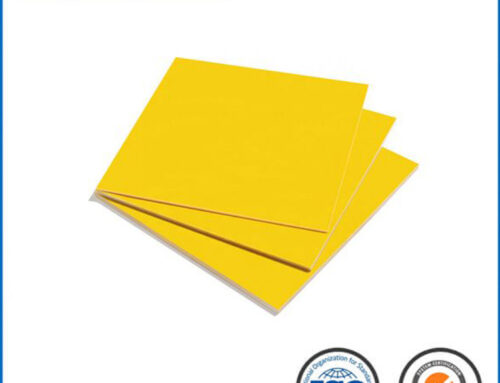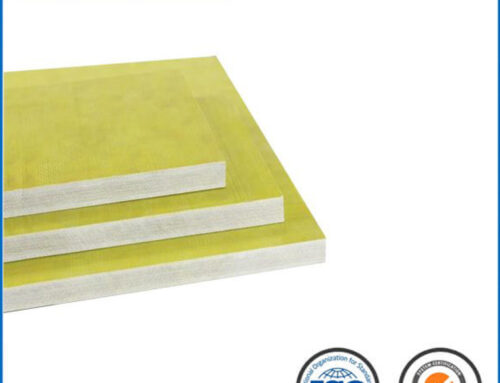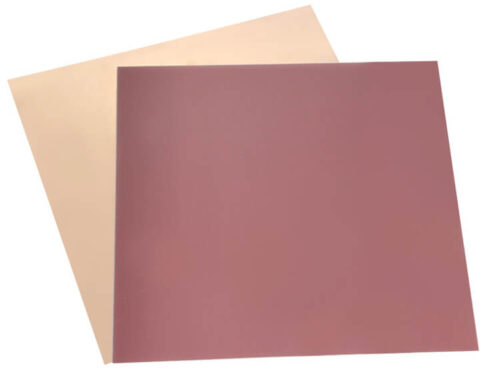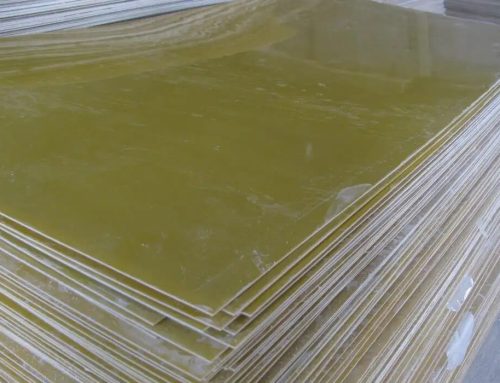G-10, a stalwart in the realm of advanced materials, owes its exceptional properties to a meticulous manufacturing process. This article embarks on an exploration into the intricate steps involved in the production of G-10, unraveling the methods that contribute to its resilience and versatility in engineering applications.
1. The Foundation: Composition of G-10 Material
Glass Fabric and Epoxy Resin Blend:
G-10 is born from a marriage of glass fabric and epoxy resin, creating a robust composite material.
The glass fabric provides mechanical strength, while the epoxy resin ensures adhesion and stability.
Layering Precision:
The process begins with the layering of glass fabric sheets, carefully arranging them to achieve the desired thickness and properties.
The precision in layering sets the foundation for the uniform distribution of resin throughout the material.
2. Compression and Curing: Shaping G-10 Material
High-Pressure Compression:
The layered structure undergoes a high-pressure compression process, where the fabric and resin layers are compacted.
This compression ensures a tight bond between the glass fabric and epoxy resin, enhancing the material’s strength.
Heat Curing:
Following compression, the material is subjected to heat curing, a crucial step that solidifies the resin and sets the final properties of G-10.
Controlled curing temperatures contribute to the material’s stability and prevent voids or inconsistencies.
3. Precision Machining: Tailoring G-10 to Specifications
Mechanical Shaping:
G-10, known for its excellent machinability, undergoes precision machining to achieve specific shapes and dimensions.
CNC machining and other techniques allow for intricate detailing and customization according to engineering requirements.
Tolerances and Specifications:
During machining, tight tolerances are maintained to ensure the final product adheres to specified dimensions.
This precision is vital, especially in applications where G-10 components must fit seamlessly into complex systems.
4. Quality Control Measures: Ensuring Consistency
Uniform Distribution Checks:
Quality control measures include inspecting the material for a uniform distribution of glass fabric and resin.
Ensuring consistency in layering contributes to G-10’s reliable and predictable performance.
Testing Mechanical Properties:
G-10 undergoes mechanical property testing to verify its tensile strength, flexural strength, and other critical characteristics.
These tests guarantee that the material meets or exceeds industry standards for various applications.
5. Applications of Crafted G-10: Engineering Excellence Unleashed
Aerospace Components:
G-10, crafted with precision, finds applications in aerospace components requiring a combination of strength and lightness.
Its manufacturing process contributes to the material’s ability to withstand the rigors of aerospace environments.
Electronics and PCBs:
The precise manufacturing of G-10 makes it a go-to material for the production of printed circuit boards (PCBs) in electronic devices.
Its electrical insulation properties, a result of the manufacturing process, are crucial in electronic applications.
Conclusion: G-10’s Journey from Layers to Excellence
As we delve into the manufacturing process of G-10, it becomes evident that this material’s journey is one of precision and craftsmanship. From the initial layering of glass fabric to the meticulous compression, curing, and machining, each step contributes to G-10’s resilience and versatility. Crafted with engineering excellence in mind, G-10 stands as a testament to the fusion of materials and manufacturing precision, empowering industries across the spectrum with a material that embodies strength and reliability.
More:




